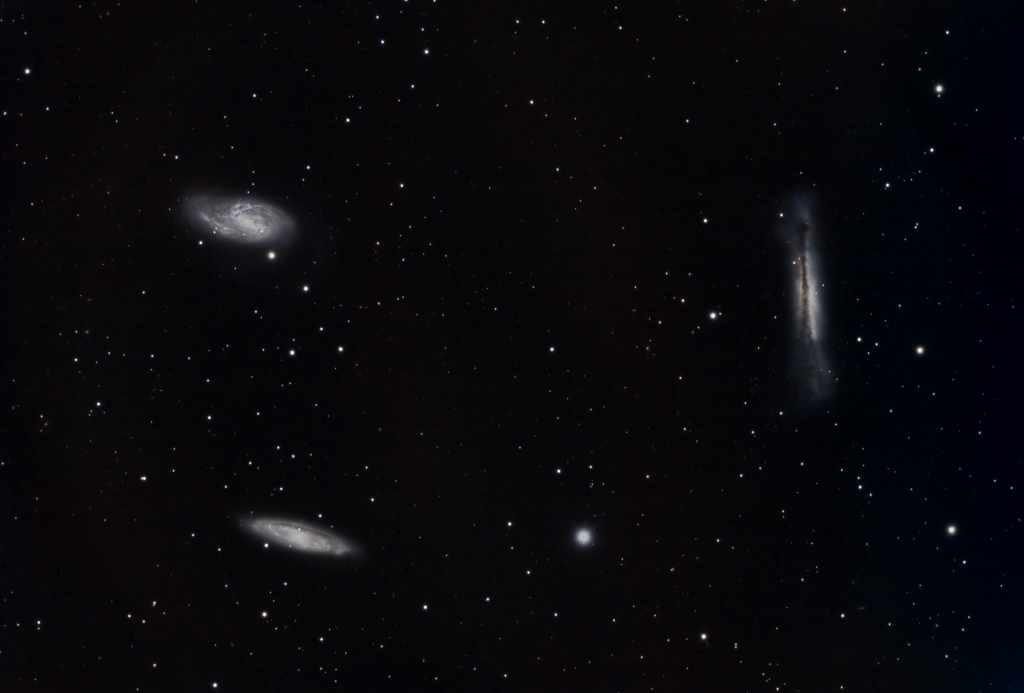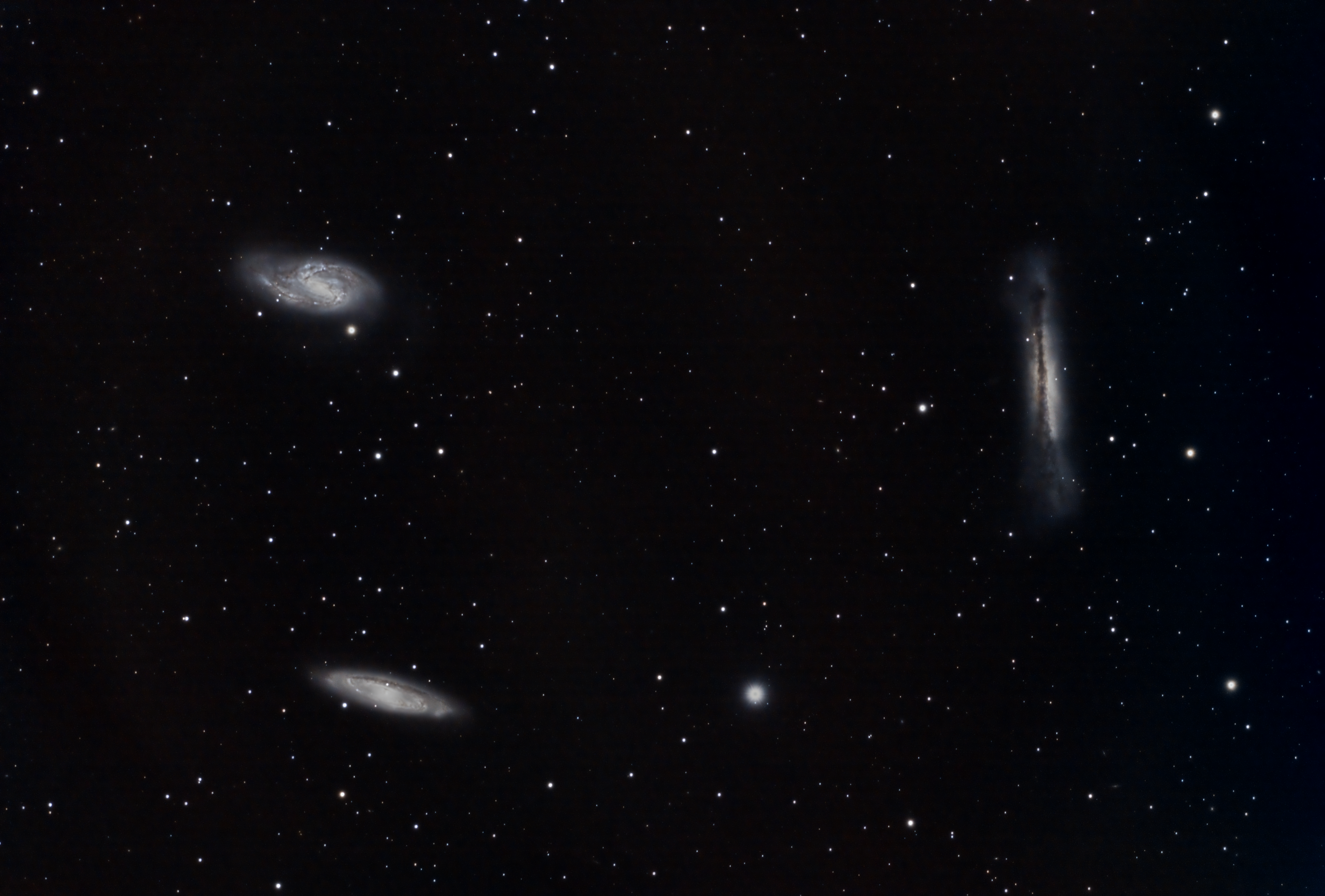
Similar Posts

Summertime weather hiatus…
Yeah, it’s been a couple of months since we’ve done a live star party online, or posted any new pictures. That’s just summertime in Central Florida for you – it’s been too cloudy to do any imaging or observing. The skies should start clearing up more in a couple of months, and we have every…

M14: A Golden Ball of Stars
This morning, my cat woke me up at 3 AM, and I noticed it was clear outside. But, the sun would start rising in just a couple of hours, so doing some super-long-exposure shot of a faint nebula wasn’t in the cards. However, globular clusters don’t take long to image, as they are relatively bright…
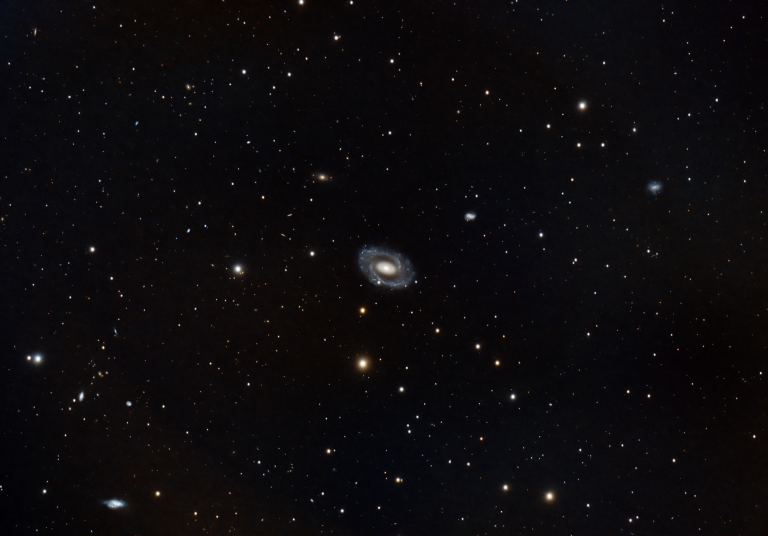
NGC210 is getting photobombed.
At the center of this image is the distant galaxy NGC210, 65 million light-years away within the constellation Cetus. It’s mind-blowing that we can capture an image of something so distant from our backyards, given the right technology. It’s also mind-blowing that we’re looking at light that has been traveling for 65 million years, giving…
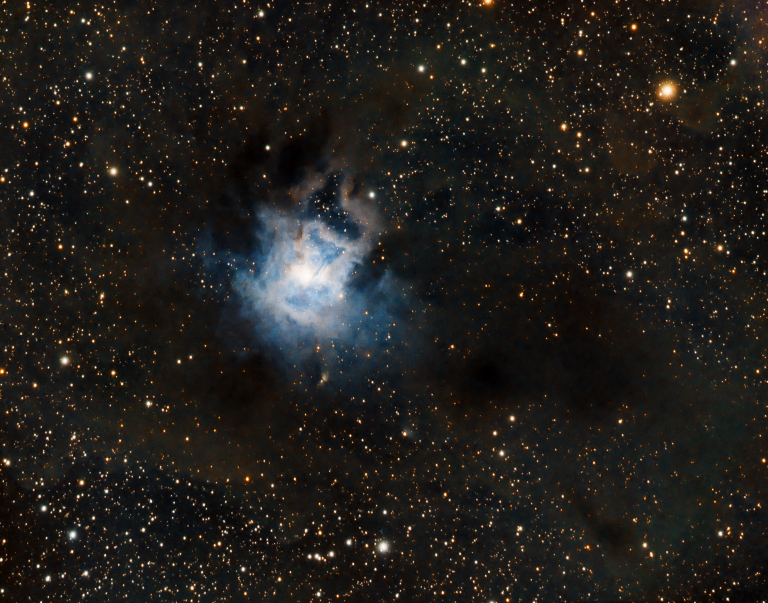
The Iris Nebula
Located about 1,300 light-years away, the Iris Nebula is a reflection nebula – unlike most of the nebulas on this site, it’s not made of ionized gases emitting light of their own. It’s just starlight reflecting off clouds of dust. Reflection nebula are harder to image in light-polluted skies, since the narrowband filters we use…
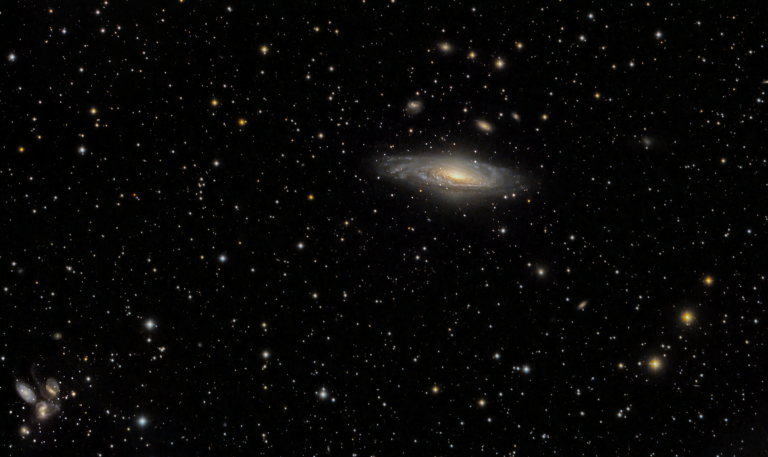
A bunch of galaxies in Pegasus.
There are two different clusters of galaxies in this image – the large galaxy you see is NGC 7331, part of the “Deer Lick Galaxy Group.” The smaller galaxies you see surrounding it (sometimes called “The Fleas”) are actually about ten times further away than NGC 7331. In the corner, you’ll see “Stephan’s Quintet,” a…

The Eye of Sauron
The Helix Nebula is also known as the Eye of Sauron or the Eye of God.

